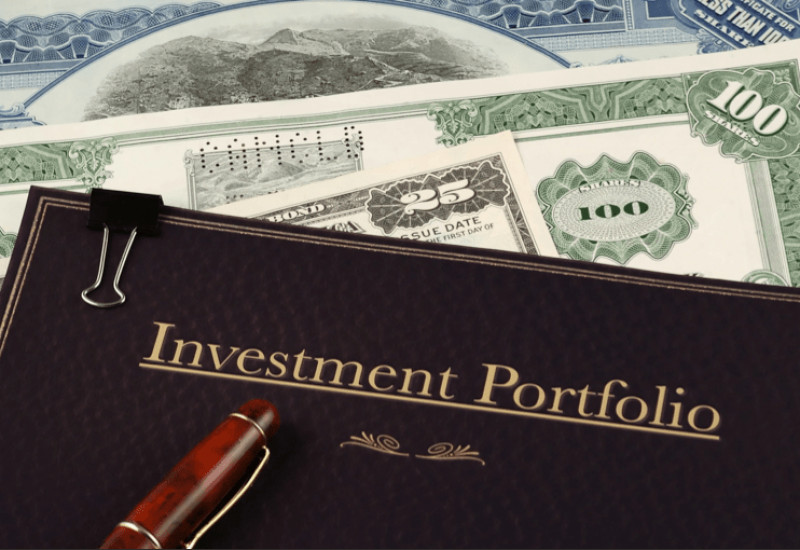
6 key elements to consider when evaluating stock value
Originally posted on https://www.monexsecurities.com.au/insights/news/factors-to-consider-before-investing-in-stocks
Investing in international shares can seem exciting, but like any financial undertaking, you have to do your groundwork to ensure a sound investment strategy. Fortunately, information about companies is readily available. This information is vital when making any decision regarding your stock portfolio.
Many of us will rush towards established companies that have already proven themselves. These include the BATs and the FANGs. However, these types of companies may have pricey stocks that may be beyond the means of the average investor who is just starting out. In this case, you may swing towards shares that have a lower entry point. But how do you know whether a stock is right for you?
Here are some key elements to consider when evaluating stock value.
Growth of earnings
How long has the company been in existence?
The longer it’s been around, the larger your data set. Review their profits over the years to see if there’s a general trend. Of course, there are times when the company takes a dip, but you want revenues that have steadily increased over time. Spikes cannot be a reliable indicator as they can’t always be replicated. A steady climb in earnings shows positive management, which forecasts the likelihood of continued profit.
Stability of stock price
While earnings do influence share listings, they’re not the only factor you should consider. As you review revenue, check the price of the stock itself at different times in the company’s history. Day traders sometimes prefer lots that shoot up and down, because there’s scope for short-term profit. However, for a long-term portfolio choice, look for share prices that remain stable. They must rise (or fall) gradually, especially in comparison to market conditions. You don’t want stocks that soar or crash the moment the economy twitches.
Comparison of price and earnings
When combined, the two factors discussed above offer a stronger picture of how the company is doing. Using the price-earnings ratio, divide the share price by earnings to get your P/E ratio. While p/e ratio is a helpful measure when weighing different companies within the same industry, it is important to note that P/E ratio ranges vary according to different sectors and industries.
Assets vs Liabilities
Debt is a normal part of doing business, especially for big international companies. It’s mostly how enterprises fund expansion. So, as you review companies of interest, check the ratio of their debt to their equity. If you’d prefer a low-risk investment, the debt-to-equity ratio should be 0.3 or less. Evaluate their balance sheet carefully, but keep in mind that certain business sectors have high debt as a matter of course. For instances, in the construction industry, higher ratios are expected, and those ratios don’t necessarily correlate with risk.
Company culture
In sports, having the right coach and the right players can determine the outcome of an entire league. In stock trading, a company’s management practices are a significant deciding factor. Find out who the C-suite is, and assess their career history. You could also look into the company’s management strategy itself. Dig into the company culture, objectively review any scandals involving the company or its leadership, and consider the short and long-term implications.
Industry overview
As you learn overseas trading, one of your first lessons is to diversify your portfolio, in regards to both geography and industry. This is why Monex gives you access to 12 markets, but as you consider whether or not to invest in a given sector, check how it’s doing overall. For example, based on the global green movement, you’re probably better off investing in renewable energy than fossil fuel.
